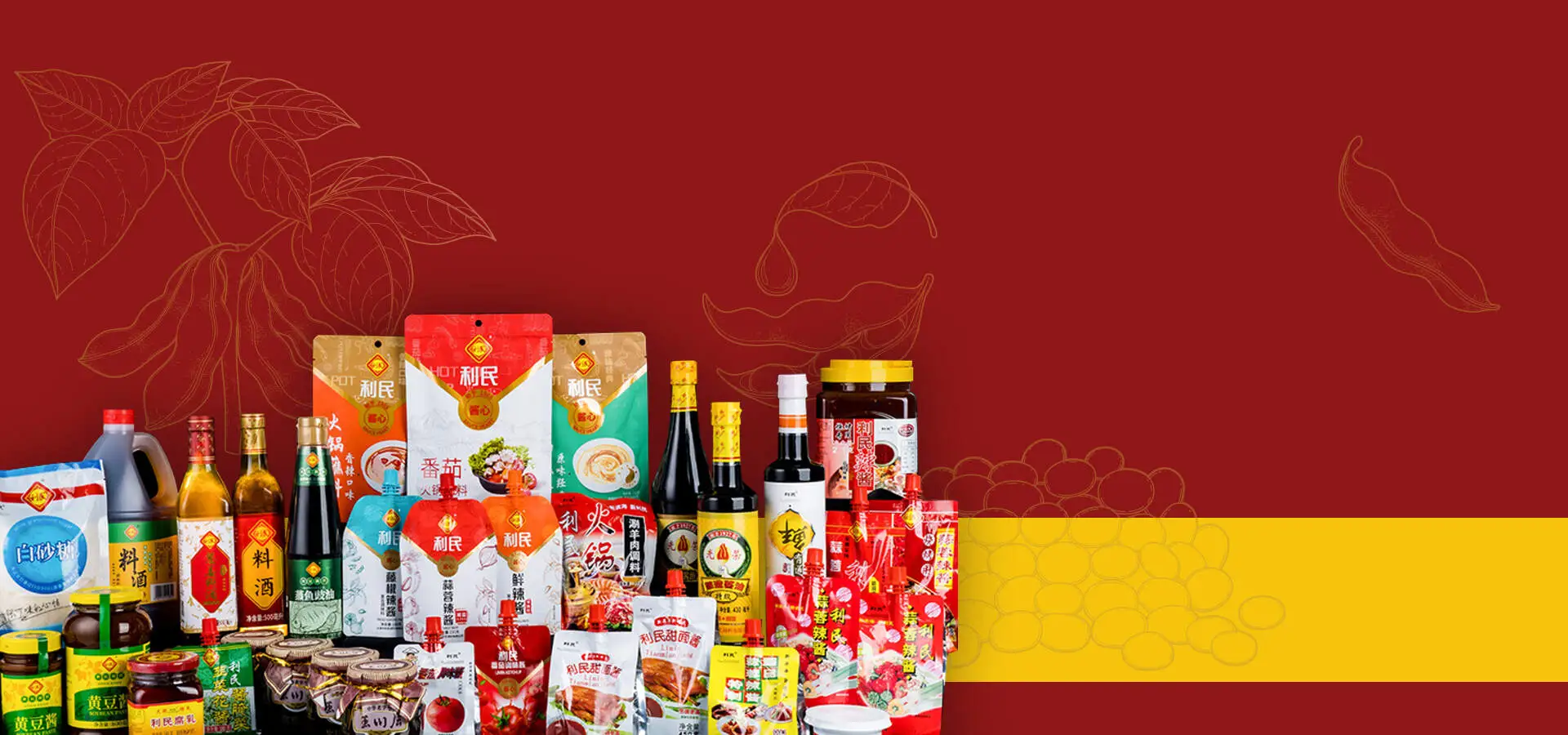
酱油是烹饪界最通用的调味品之一. 起源于中国超过 2,000 几年前, 这个黑暗, 鲜味富含鲜味的液体已进入厨房和全球菜肴. 然而, 挚爱, 酱油不是一种千篇一律的溶液,以增强风味. 在某些烹饪方案中,酱油 - 尤其是 生抽 或者 中国酱油 - 可能弊大于利.
了解酱油品种
在我们深入研究之前 “不,” 重要的是要了解常用的酱油类型:
- 最好的淡酱油: 以其薄质地和盐风味而闻名, 腌料和炒菜的理想选择.
- 中国酱油: 颜色较轻,但风味丰富, 主要用于粤语烹饪,不使盘子变黑.
- 海鲜酱油: 一个温和的混合物, 专门配制以增强精致的海鲜菜肴而不压倒它们.
这些品种是亚洲美食的重要工具, 但是它们在非传统菜肴或某些烹饪技术中的使用可能会导致不理想的结果.
不应在哪里使用酱油
1. 在基于奶油的菜肴中
酱油的高钠含量和鲜味可以与Alfredo这样的奶油调味料冲突, Béchamel, 或基于奶酪的蘸酱. 咸味会变得压倒性, 而且风味可能会变成泥泞而不是互补. 在奶制丰富的菜肴中, 如果您想要发酵的鲜味,请坚持更中性的调味料或尝试味o酱.
2. 在烘烤中
除非您要制作独特的亚洲风格的甜点, 酱油在烘烤中没有位置. 它的液体形式改变了面团和面糊的质地, 它的独特味道会夸大甜味. 例如, 在饼干或蛋糕食谱中添加淡酱油可能会导致令人反感的咸味,破坏平衡.
3. 在精致的法国美食中
古典法国菜肴优先考虑细微的风味分层和降低葡萄酒. 大胆的鲜味 中国酱油 可以压倒草药, 股票, 和法国美食典型的芳香剂. 如果您正在尝试, 这样做很少,并且总是味道.
4. 在基于水果的沙拉或果汁中
在新鲜水果沙拉或冰沙中加入酱油可能听起来很前卫, 但这通常不建议. 盐和鲜味与甜美浓郁的水果(如草莓)形成鲜明对比, 芒果, 或橘子. 反而, 水果沙拉受益于柑橘敷料, 草药, 甚至是香醋.
5. 与精致的白鱼 (除非使用海鲜酱油)
白色鱼类(例如鳕鱼或鞋底)的温和, 几乎黄油味. 使用常规酱油可以轻松统治味道. 就是说, 海鲜酱油 专门用于解决这个问题, 提供柔软的, 更均衡的鲜味注意到补充而不是竞争.
当酱油起作用时
酱油 - 特别是 淡大豆调味料 - 在炒蔬菜中发明, 面条菜肴, 炖肉, 蘸酱, 甚至是腌料. 最好的淡酱油 非常适合增强饺子的味道, 尽管 海鲜酱油 将生鱼片和蒸的贝类提升到美食水平.
使用正确类型的酱油作为正确的菜是至关重要的. Limintiaoliao等值得信赖的生产商提供了如此多的优质酱油选择, 选择完美的比赛比以往任何时候都容易.
最后的想法
无疑是许多家庭和专业厨房的酱油是储藏室的主食. 然而, 知道什么时候不使用它与知道何时添加它一样重要. 从烘烤到基于奶油的调味料, 有些菜肴最好被其大胆的味道触动. 反而, 当您想加深鲜味时,转向酱油, 突出显示咸味笔记, 或创建真实的亚洲风味剖面.
明智地选择您的酱油 - 因为即使有几滴可以改变一切.

